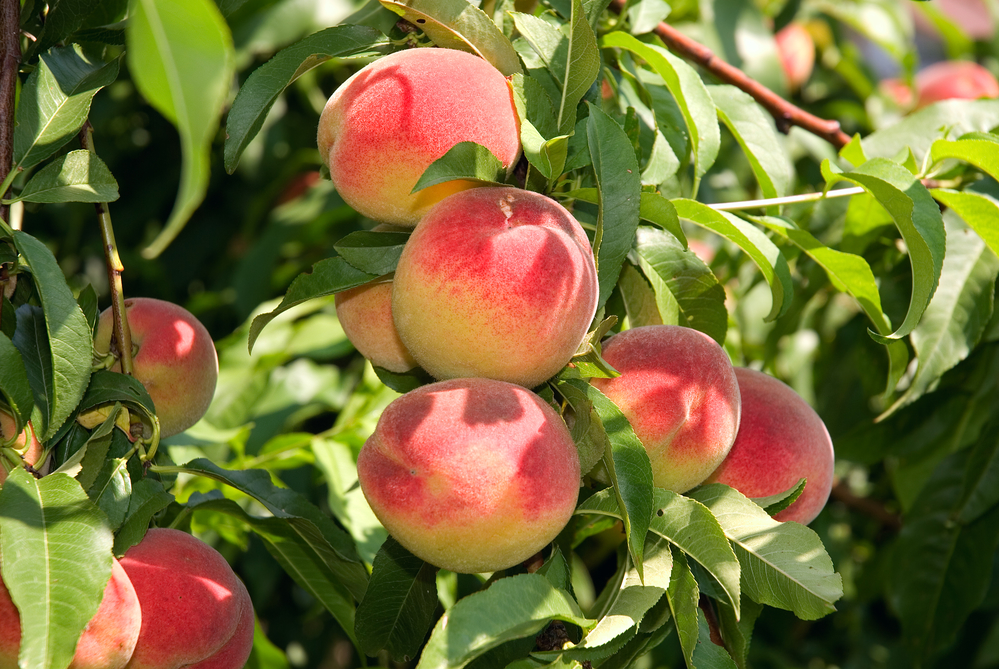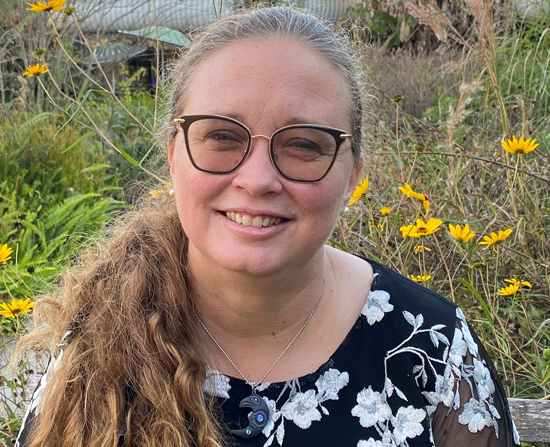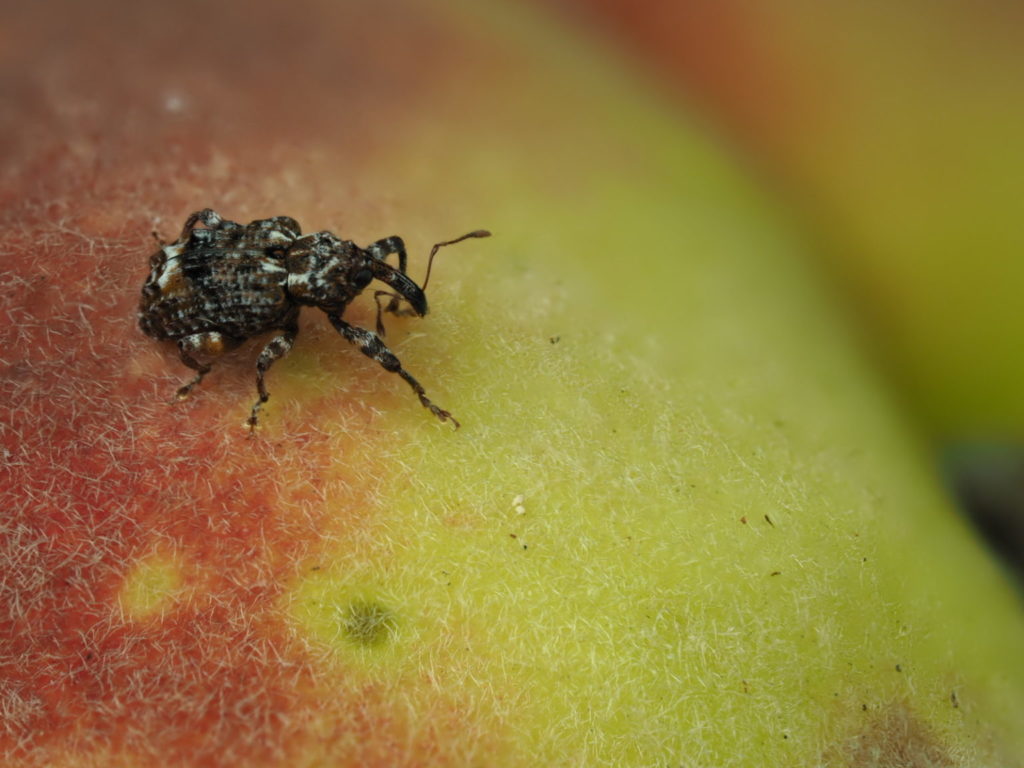By Clint Thompson
Plum curculio is not currently a pest for most Florida peach producers. But that shouldn’t deter growers from keeping a watchful eye and ensuring the insect does not become a problem in the future.

Amanda Hodges, an Extension scientist at the University of Florida Institute of Food and Agricultural Sciences entomology and nematology department, discusses the impact that plum curculio is having in peach orchards across the state.

“It’s not as big of a problem here because of the distribution of native plums. I think that’s primarily the issue. You may still see it more in the Florida Panhandle and some in Gainesville, but we don’t seem to see it as much south of Gainesville,” Hodges said. “We have certainly seen cases where it’s a big problem in the Alachua County area in North Florida but not so much further south.
“Certainly if (growers are) concerned, they can monitor for it. I think it depends on a case-by-case basis, depending on the orchard.”
Plum curculio damage consists of small feeding punctures which cause scarring and malformation on the fruit as it develops. A female will slice a curved slit under the fruit skin where she will deposit her eggs.

“They lay their eggs in the fruit. Once you have larvae in the fruit, you’re not going to be able to market that,” Hodges said.
Georgia growers have to manage the plum curculios every year. Chemistry rotation is encouraged to protect against insecticide resistance.










